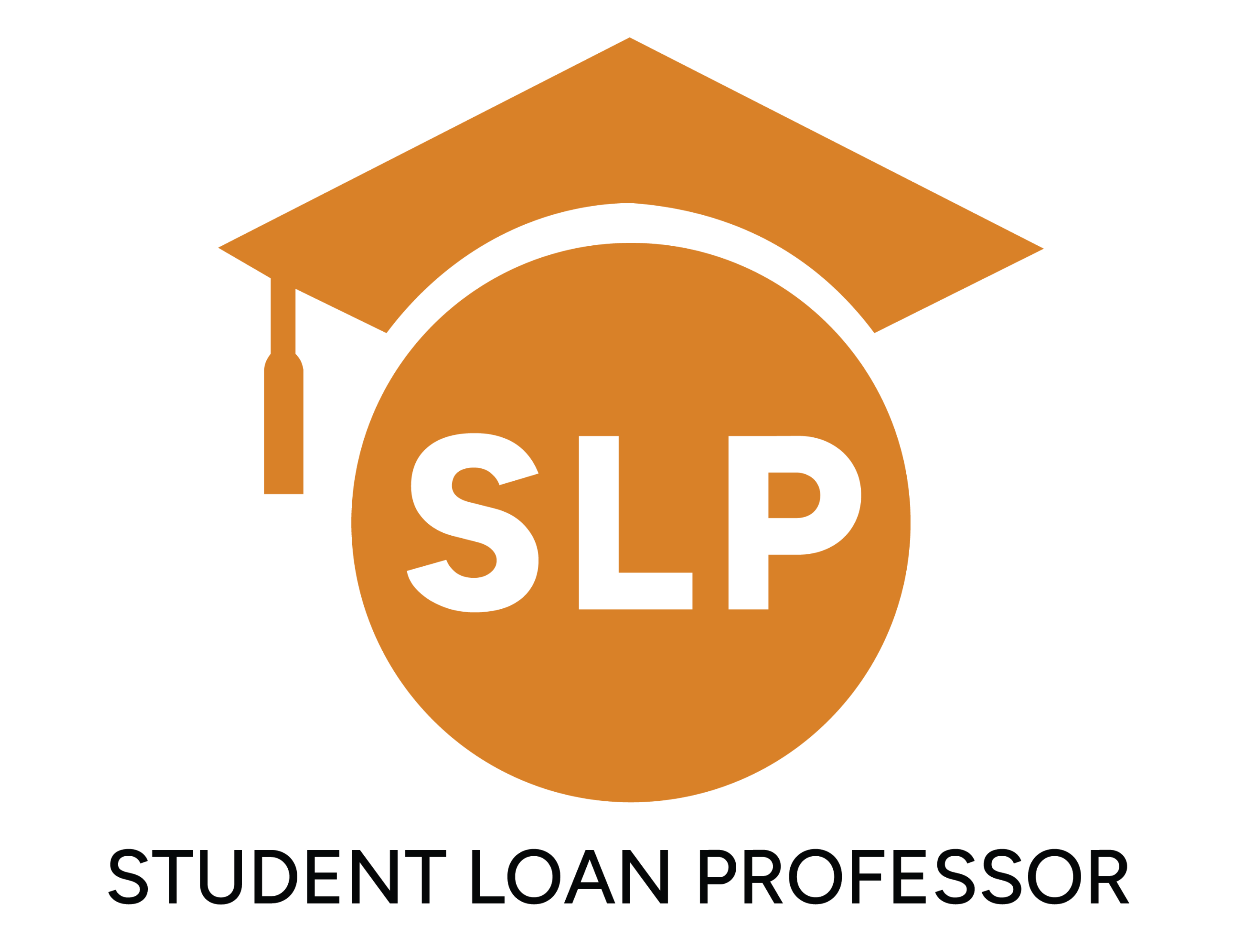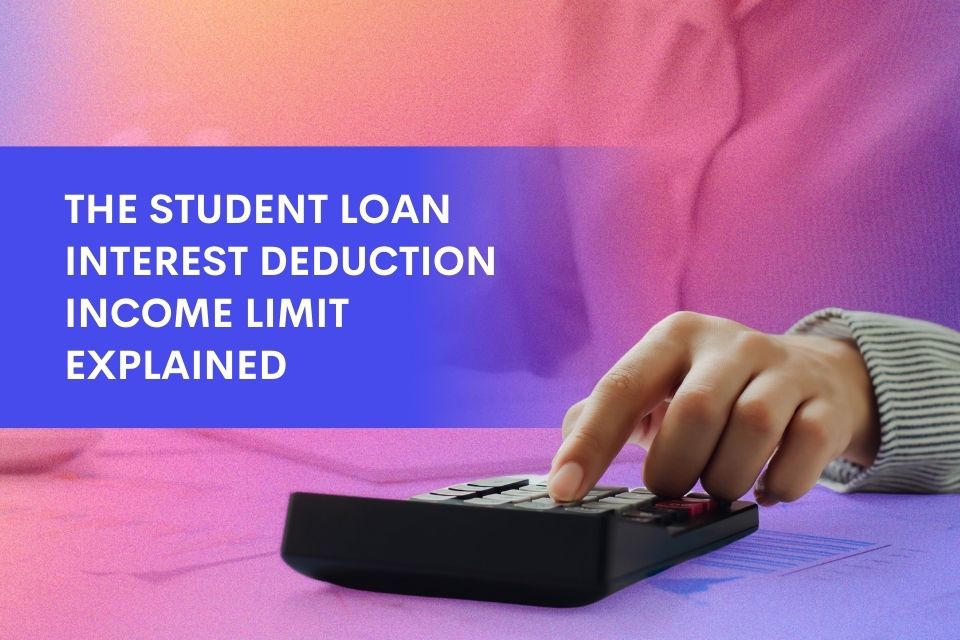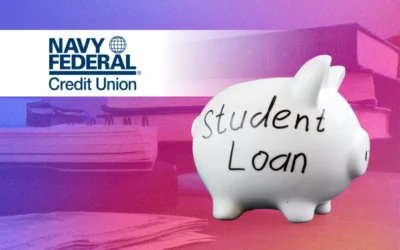The US Internal Revenue Service (IRS) lets college graduates or their parents deduct student loan interest payments from their taxable income. These individuals can claim student loan interest deductions of up to $2,500 annually, whether the interest was required or paid ahead of schedule.
However, this tax deduction isn’t available to every borrower, as the IRS uses the taxpayer’s modified adjusted gross income as a cap. This guide explains what borrowers should know about the student loan interest deduction income limit.
Key Takeaways
- Deduct up to $2,500 in student loan interest based on MAGI limits.
- Full deduction phases out for singles earning $80K–$95K, $165K–$195K jointly.
- Must meet IRS criteria: loan type, filing status, and dependency rules.
- Form 1098-E and Schedule 1 are required to claim the deduction on taxes.
What Is the IRS’s Interest Deduction Income Limit?
The income limit for the student loan interest deduction is anything above $95,000 for single taxpayers and above $195,000 for individuals filing jointly. If your income exceeds these limits, you won’t qualify for the deduction.
It’s also worth noting that your modified adjusted gross income (MAGI) determines whether your deductions will be phased out. If it ranges between $80,000 and $95,000 (for single filings) or $165,000 and $195,000 (joint filings), the phase-out applies. You’ll need to calculate your reduced deduction amount annually
Eligibility Criteria for the Interest Deduction
In addition to the MAGI requirement, you must also meet the following requirements to be eligible for the deduction:
- “You paid interest on a qualified student loan in tax year 2024;
- You’re legally obligated to pay interest on a qualified student loan;
- Your filing status isn’t married filing separately;
- Your MAGI is less than a specified amount which is set annually; and
- Neither you nor your spouse, if filing jointly, were claimed as dependents on someone else’s return. Another taxpayer is claiming you as a dependent if they list your name and other required information on page 1 of their Form 1040, 1040-SR, or 1040-NR.”
The IRS defines “qualified student loan” as “a loan you took out solely to pay qualified higher education expenses that were:
- For you, your spouse, or a person who was your dependent when you took out the loan;
- For education provided during an academic period for an eligible student; and
- Paid or incurred within a reasonable period of time before or after you took out the loan.”
Read the IRS’s Publication 970, Tax Benefits for Education for the full details.
How Long Can You Claim the Interest Deduction?
There’s no limit to how long you can deduct interest payments on your student loan. You can continue to file deductions as long as your income doesn’t exceed the IRS’s limits and you meet the other eligibility requirements.
How to Claim the Deduction
If you made interest payments of $600 or more in 2024, the entity that received the money is obligated to send you Form 1098-E by January 31st, 2025.
Also, if you took a student loan before September 1st, 2004, the institution will include “only payments of stated interest” on your form. Even though capitalized interest may not appear on this form, the IRS permits such deductions.
“Form 1098-E helps you calculate your student loan interest deduction. Contact your loan servicer if you don’t receive it. You may also find an electronic copy of it on your online account with the servicer.
When claiming the deduction, you must file Form 1040 and input the allowable amount into line 21 of the form’s Schedule 1.
Alternative Tax Benefits
Aside from interest deductions, borrowers can also benefit from these tax breaks:
American Opportunity Tax Credit
American Opportunity Tax Credit provides a maximum annual credit of $2,500 per eligible student for the first four years of college. Its qualification criteria are as follows:
- “Be pursuing a degree or other recognized education credential,
- Be enrolled at least half-time for at least one academic period* beginning in the tax year,
- Not have finished the first four years of higher education at the beginning of the tax year,
- Not have claimed the AOTC or the former Hope credit for more than four tax years, or
- Not have a felony drug conviction at the end of the tax year.”
This tax credit is unique in that you can get a refund if it brings your tax owed down to zero. As the IRS puts it “If the credit brings the amount of tax you owe to zero, you can have 40 percent of any remaining amount of the credit (up to $1,000) refunded to you.”
529 Plans
529 plans provide tax advantages for parents saving for their children’s education. While your contributions to the plan won’t be deductible, you can benefit from your earnings not being subject to federal or state tax (when used for qualified education expenses).
Lifetime Learning Credit
Lifetime Learning Credit offers a tax credit of $2,000 per tax return to students attending an eligible college. There’s no limit to the number of years you can claim the credit, and its eligibility requirements are similar to the criteria for the interest deduction.
Consult Knowledgeable Experts for Student Loan Advice
The student loan interest deduction is just one way to reduce your education debt burden. If your income exceeds the IRS limit, don’t feel discouraged. Instead, get expert advice to learn about other avenues for managing student loan debt.
Brandon Barfield is the President and Co-Founder of Student Loan Professor, and is nationally known as student loan expert for graduate health professions. Since 2011, Brandon has given hundreds of loan repayment presentations for schools, hospitals, and medical conferences across the country. With his diverse background in financial aid, financial planning and student loan advisory, Brandon has a broad understanding of the intricacies surrounding student loans, loan repayment strategies, and how they should be considered when graduates make other financial decisions.





